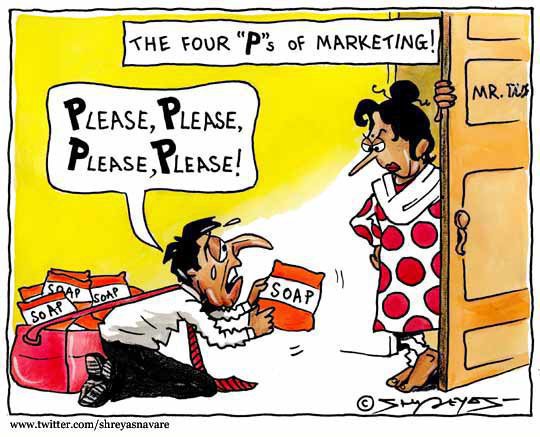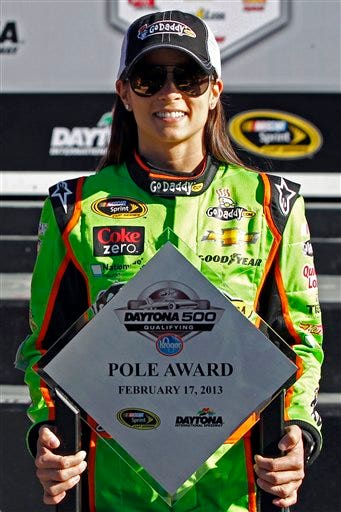Anyone on our team will admit we did not have the best of starts. Our first project was where we had to iron out the kinks and get to know one another as individuals and our unique strengths and weaknesses. By the end of the first project, the strong headed individuals (I being one of them) learned to work together as a cohesive unit. The skill that I worked on improving was letting go of control. Traditionally, even in group projects, I have at times took it upon myself to do the entire project and ensure I got the grade I wanted. Due to a heavy course load that option was not reasonable and I worked alongside my teammates to get the assignments completed. As an aggregate, we did well and I got to know four great people in the process. Not taking on more than my share of the responsibility was something these assignments forced me to do and I believe has benefited me as I work on improving on that.
What I would do differently next time is get to know each of the group members better before starting the project through some sort of icebreaker. I think that could have dampened or even eliminated some of our early struggles caused by conflicting personalities. In terms of within the classroom, I would have vocalized my opinions more often. I always seemed to have a viewpoint on questions/ topics, but because I just don’t speak a lot as a general they were not vocalized enough.
My top take away from COMM 296 is that there is far more that goes into marketing than I thought. I was well aware that marketing wasn’t simply advertising, but COMM 296 allowed me to get a small glimpse into some of the many areas of marketing and realize how diverse and complex a topic it is. I want to thank Tamar, Angel, Ells, Yvette, and Vincent for making my COMM 296 experience an enjoyable one.
– Sean Bell





